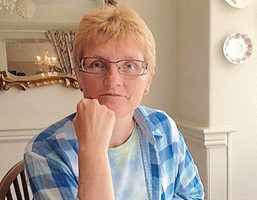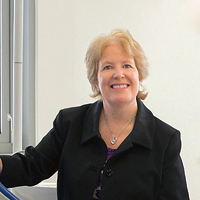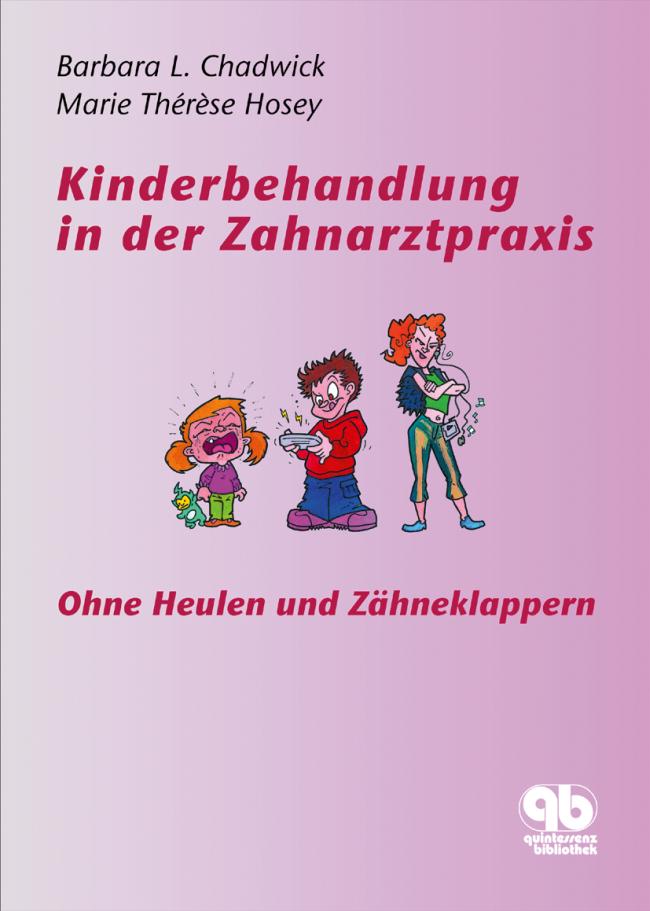Kinderbehandlung in der Zahnarztpraxis
Ohne Heulen und Zähneklappern
1. Auflage 2007
Libro
Hardcover, 136 páginas, 77 ilustración
Idioma: Alemán
Categoría: Odontología en general
ISBN 978-3-938947-34-0
QP Deutschland
Inhalt
Kapitel 01. Darf ich vorstellen: Die Kinder
Kapitel 02. Entwicklung der Kooperation I: Das sehe, höre und fühle ich
Kapitel 03. Entwicklung der Kooperation II: Das Praxisteam
Kapitel 04. Das Elterntraining
Kapitel 05. Techniken des Verhaltensmanagements
Kapitel 06. Systematische Behandlungsplanung
Kapitel 07. Die leichte Sedierung oder Analgosedierung I: Was ist das und wie setzt man sie ein?
Kapitel 08. Die leichte Sedierung oder Analgosedierung II: Vorbereitung von Eltern und Kind
Kapitel 09. Die leichte Sedierung oder Analgosedierung III: Vorbereitung von Praxisteam und Einrichtung
Kapitel 10. Die leichte Sedierung oder Analgosedierung IV: Was setzt man ein und wie setzt man es ein?
Kapitel 11. Vollnarkose
Anhang 1. Der Brief vor dem ersten Termin
Anhang 2. Patienteninformation zur Inhalationssedierung mit Lachgas
Literatur
Anmerkungen zur deutschen Ausgabe
Index

Prof. Barbara L. Chadwick
Barbara Lesley Chadwick is Professor of Paediatric Dentistry and Honorary Consultant in Paediatric Dentistry at the School of Dentistry, Cardiff University. She qualified from the London Hospital Medical College in 1983 and then took up an appointment at the University of Wales, where she completed MScD (1990) and PhD (1997) degrees.

Marie Thérèse Hosey
Marie Thérèse Hosey is Head of Paediatric Dentistry at King's College London and Honorary Consultant at King's College London and Guy's and St Thomas' Hospital, London. She qualified from the University of Glasgow in 1985 and subsequently completed her MSc (1991) and DDS (1997) postgraduate degrees there. She read Paediatric Dentistry at the University of Glasgow before joining King's College London in 2008. Her research interests are the pharmacological and behavioural management of anxious children, especially those who require general anaesthesia, as well as children with clefts. She has received research funding, mainly for clinical trials, from the National Institute for Health Research (NIHR) and the Scottish Chief Scientist Office.




